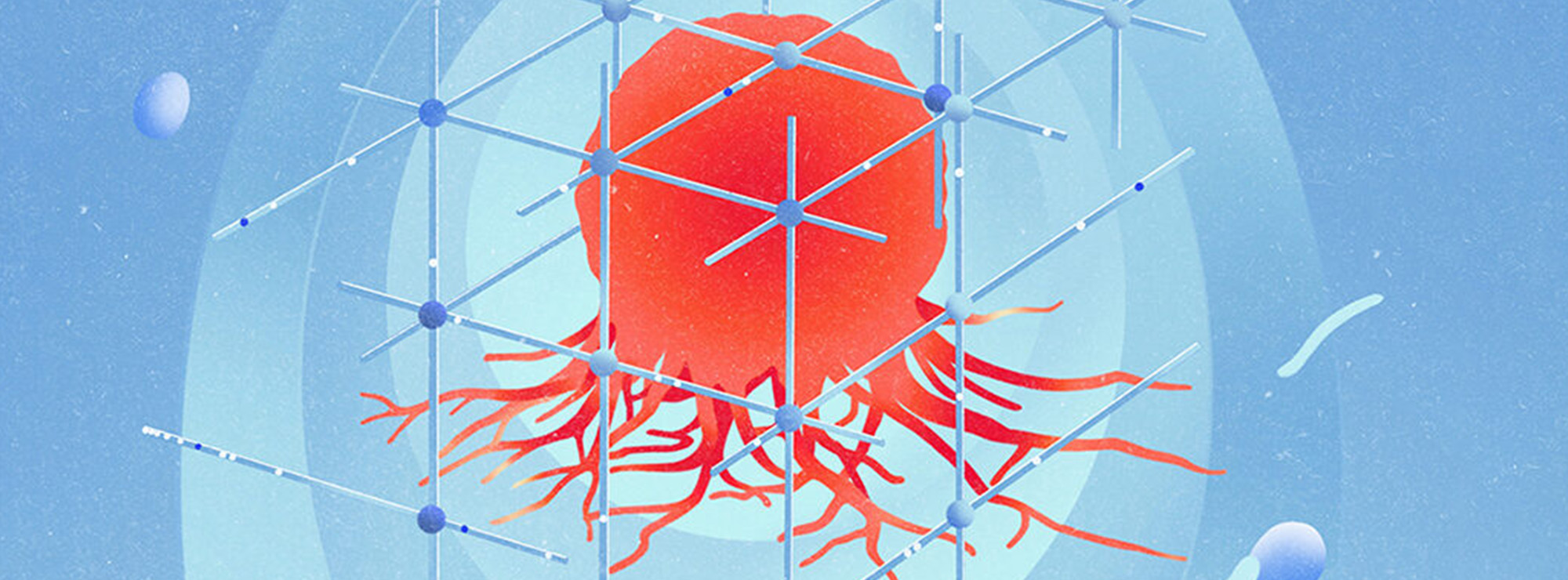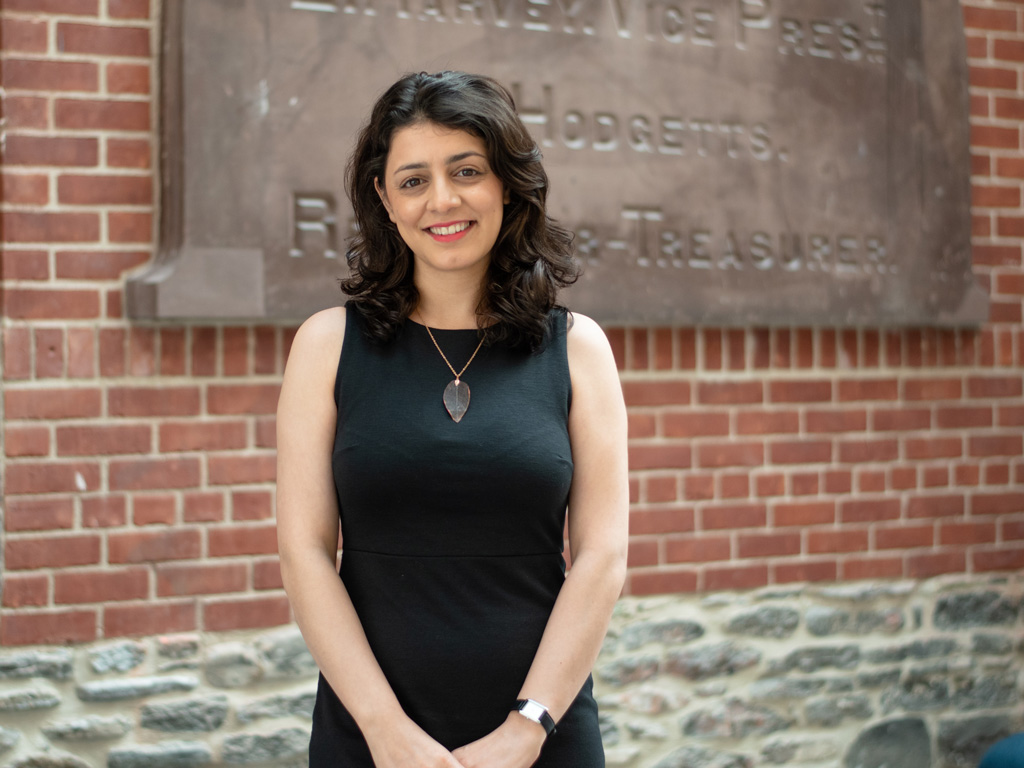We use cookies on this site to enhance the user experience.
For a full description please visit Toronto Met's Terms and Conditions.

We develop sophisticated mathematical tools to explore and solve complex problems in fluids and biological systems.
Our Mathematical Approach to Fluids & Life Sciences
Welcome to the Biomathematics and Fluids Group at Toronto Metropolitan University. We’re known for the breadth and variety of our research, with one common theme tying us together: a deep interest in applying mathematical techniques to the study of fluids and biology.
While life scientists take a lab-based experimental approach to testing theories and hypotheses, our group uses mathematical models and numeric computations to test theories, untangle complex interactions, and help improve understanding of fluid and biological system behaviours. Our theoretical research is the foundation that makes future scientific applications and innovation possible.
Our Research Areas
Fluids, biology, and health research drive our research questions, but mathematics generates the answers. Much of our work involves the use of differential equations. This mathematical framework makes it possible for us to study complex subject matter in a way that’s not always possible in living or real-world systems. This approach underlies all of our research areas, including:
- Computational Biology
- Blood Flow
- Stochastic Biochemical Systems
- Interfacial Instabilities in Liquid Films
- Mathematical Oncology and Immunology
Meet Our Professors
Our group is comprised of professors from the Department of Mathematics, each with their own area of expertise. Diversity is our strength. We offer flexibility and a wide range of options to those who join our research efforts.

"It can be amazing to construct a model with relatively simple math that enables monitoring the complex physiological processes. It is even more astonishing when the model simulates and predicts novel therapies!"